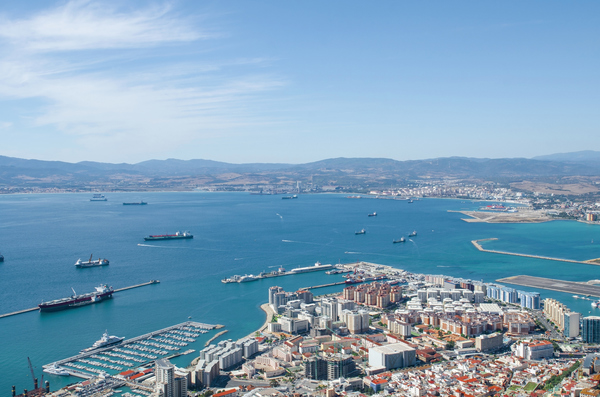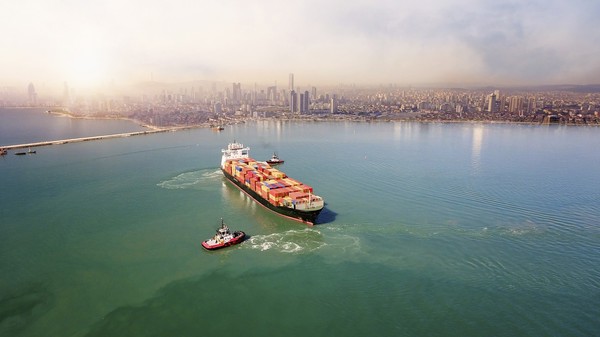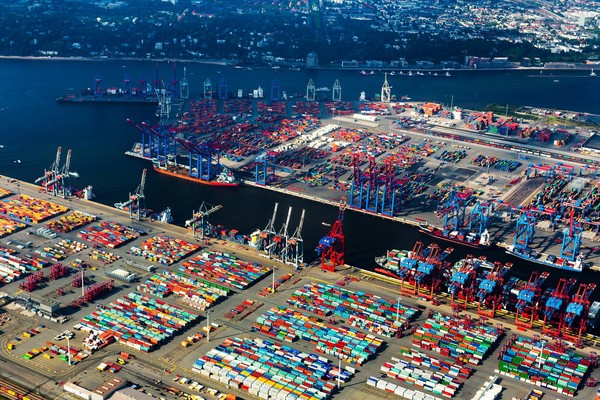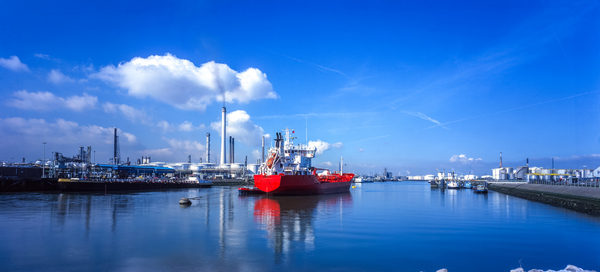Europe & Africa Market Update 30 Sep 2025
Fuel prices have fallen in European and African ports, and availability remains stable in Hamburg.
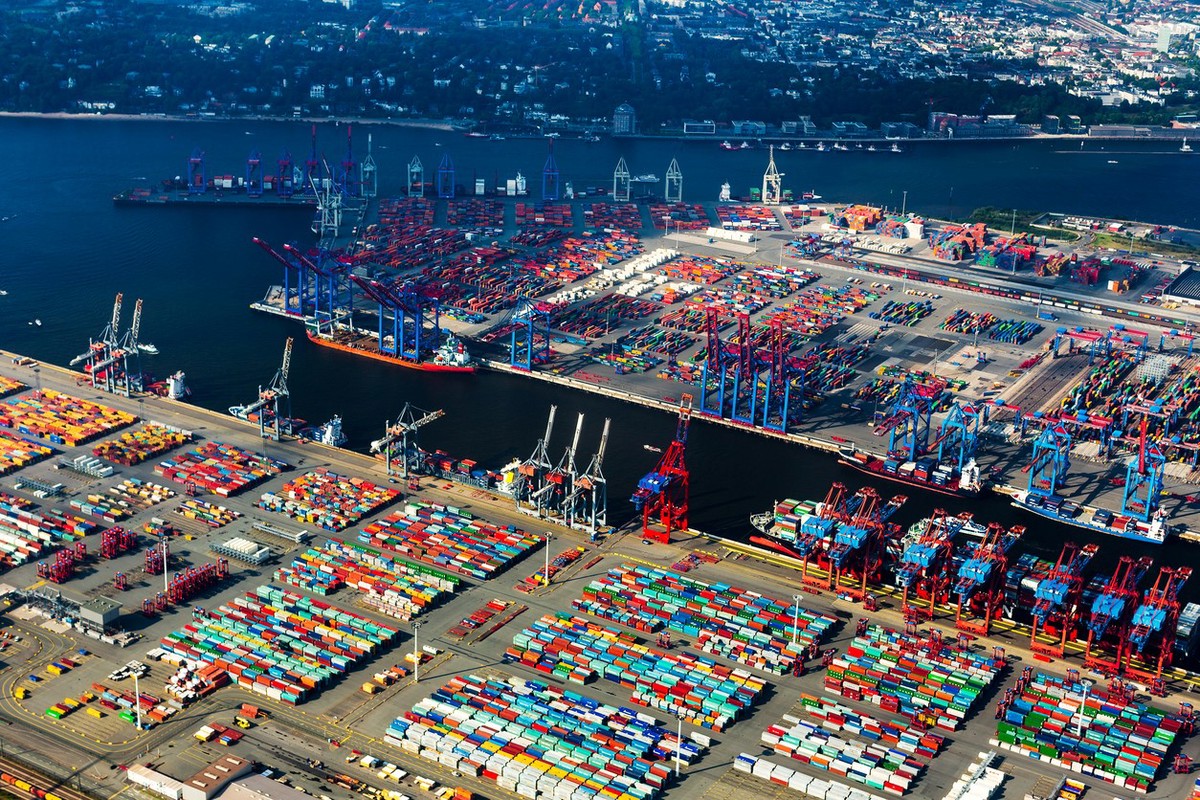 IMAGE: The Port of Hamburg with the Elbe river. Getty Images
IMAGE: The Port of Hamburg with the Elbe river. Getty Images
Changes on the day to 09.00 GMT today:
- VLSFO prices down in Gibraltar ($12/mt), Durban ($11/mt) and Rotterdam ($2/mt)
- LSMGO prices down in Rotterdam ($14/mt) and Gibraltar ($5/mt)
- HSFO prices down in Durban ($16/mt), Gibraltar ($7/mt) and Rotterdam ($3/mt)
- Rotterdam B30-VLSFO premium over VLSFO down by $6/mt to $245/mt
- Gibraltar B30-VLSFO premium over VLSFO down by $39/mt to $317/mt
Fuel prices at major European and African ports have mostly decreased over the past session, tracking the fall in Brent.
Gibraltar’s B30-VLSFO price has plunged by $51/mt in a single day, significantly more than Rotterdam, narrowing its price premium over Rotterdam’s blend by $43/mt.
Rotterdam's LSMGO price drop is much higher than Gibraltar's, widening the Mediterranean port's premium by $9/mt. A higher-priced 50-150 mt LSMGO stem fixed at the port may have limited the fuel grade’s price fall.
The price of LSMGO at Hamburg has slumped by $27/mt in the last day, narrowing its price premium over Rotterdam by $13/mt. A lower-priced 50-150 mt stem fixed there may have added additional price pressure.
Fuel availability is stable at the German port for LSMGO, VLSFO and HSFO supplies, with buyers advised to enquire 3-5 days in advance for any grade.
Brent
The front-month ICE Brent contract has declined even further by $2.07/bbl on the day, to trade at $67.37/bbl at 09.00 GMT.
Upward pressure:
The purchasing managers' index (PMI) for China's manufacturing sector has climbed to 49.8 in September, from 49.4 in August, China’s state-media Xinhua reported, citing official data.
"The figure showed that in September, production activities in the manufacturing sector accelerated, with the overall business climate continuing to improve," Huo Lihui, chief statistician with China’s National Bureau of Statistics, told Xinhua.
Higher industrial output typically requires more oil for power generation, refining and transport. An improvement in China’s output could suggest that its domestic oil demand is unlikely to ease in the near term, adding upward pressure on Brent.
Downward pressure:
Eight OPEC+ members will meet online on 5 October and potentially decide to increase the group’s combined output by at least 137,000 b/d in November, according to Reuters.
Iraq’s Kurdistan region has resumed crude exports to Turkey. This can potentially restore up to 400,000 b/d of supply that had been offline for more than two years and add more volume to global supplies.
The International Energy Agency (IEA) expects non-OPEC+ production to rise this year, with the US, Brazil, Canada, Guyana and Argentina projected to add around 1.4 million b/d in 2025.
This rise in production will add even more barrels to the global oil market and push Brent’s price even lower.
“We expect the market to move into a large surplus in the fourth quarter and remain in surplus through 2026. As a result, we expected oil prices to come under significant pressure over the course of next year,” ING’s head of commodity strategy, Warren Patterson has noted.
By Nachiket Tekawade and Konica Bhatt
Please get in touch with comments or additional info to news@engine.online

Contact our Experts
With 50+ traders in 12 offices around the world, our team is available 24/7 to support you in your energy procurement needs.

